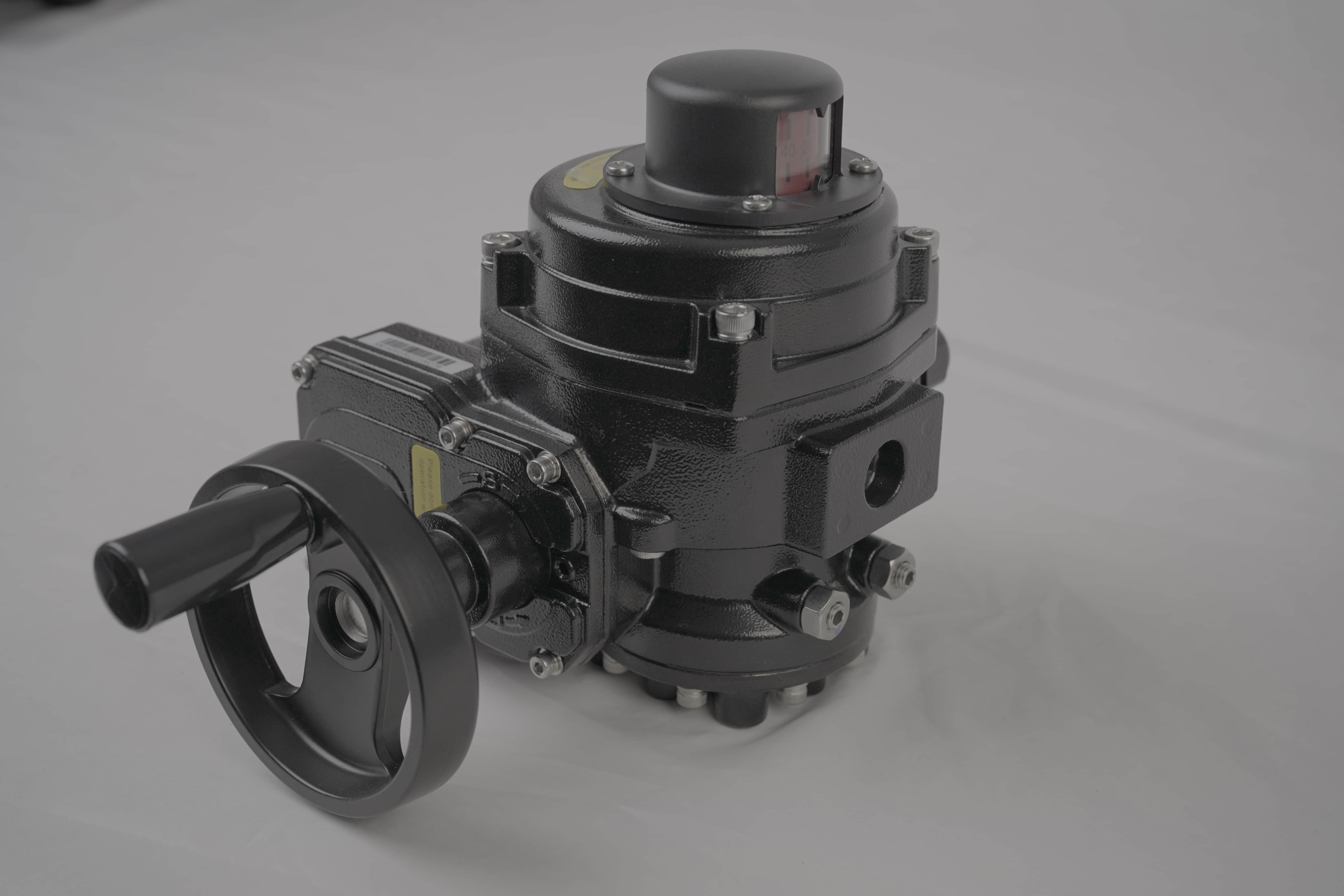stainless steel lithium battery valve: the key role of heli automation in advancing battery technology
Release time:2025-01-24 12:33:15
The demand for energy storage solutions continues to rise, with lithium-ion batteries at the forefront of the revolution. These batteries power everything from electric vehicles to portable electronics, and their efficiency and safety are of paramount importance. One of the critical components in ensuring the safe operation of lithium batteries is the valve, which regulates the pressure and ensures the integrity of the battery during its operation. Among the various materials used for these valves, stainless steel has become a top choice due to its durability, corrosion resistance, and ability to withstand high pressures. In this article, we will explore the importance of stainless steel lithium battery valves and highlight the role of HeLi Automation in advancing battery technology.

The Role of Stainless Steel Valves in Lithium Batteries
Lithium-ion batteries store energy through the movement of lithium ions between the positive and negative electrodes. During charging and discharging cycles, gases can be released, and pressure may build up within the battery. If this pressure is not properly managed, it can lead to catastrophic failures such as leaks or even explosions. This is where the valve comes in: to ensure that the internal pressure of the battery remains within safe limits.
Stainless steel is commonly used for the construction of these valves due to its high strength, resistance to corrosion, and ability to maintain its structural integrity in extreme conditions. The valves are typically designed to open and close in response to changes in internal pressure. When the pressure reaches a dangerous level, the valve activates to release the excess gas, preventing a potentially hazardous situation. Given the rigorous demands of the modern battery market, using stainless steel for these valves ensures long-lasting performance and safety.

